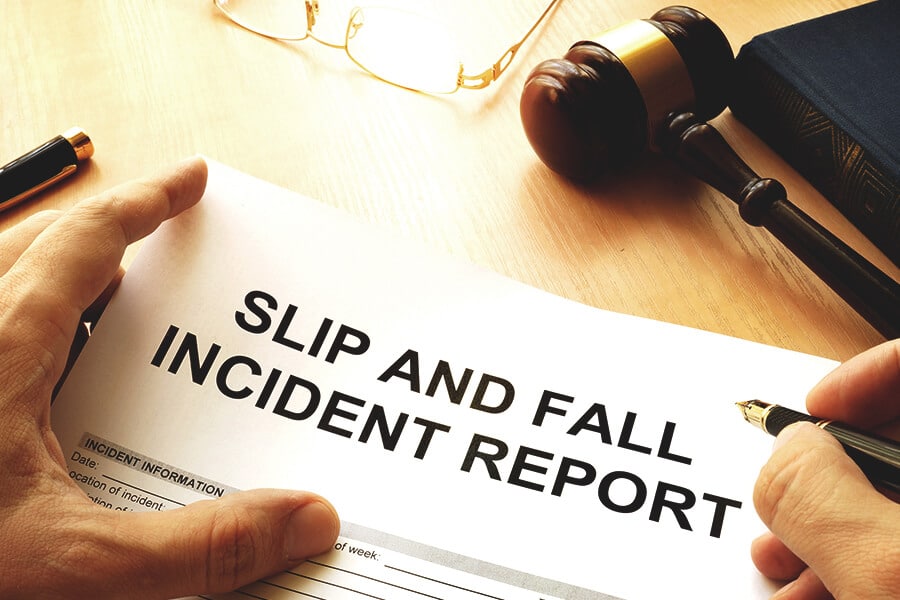Winning Slip and Fall Cases and Identify Case Weaknesses in Arizona

Missed work, pain, trips to expensive specialists, x-rays and other tests can become the new normal for someone after a slip and fall. If you or a loved one has experienced an unexpected fall, it will not be long before bills begin to pile up. You might be thinking of pursuing a personal injury lawsuit against the property owner. Proving the owner is to blame for your accident is at the crux of winning a slip and fall case in Arizona. If you are weighing your options to pursue an insurance settlement award or a personal injury lawsuit, you must be fearless in evaluating and identifying your case weaknesses. In other words, what portion of your accident lies with the property owner and what portion, if any, lies with you?
Weighing the Property Owner’s Negligence
Something caused your fall. Perhaps it was an unmarked wet surface, or a flaw in the floor left uncorrected. If you are going to hold the property owner responsible you must test one of a few possibilities:
- Did the property owner or anyone acting on behalf of the owner ignore or fail to acknowledge and address a dangerous element affecting safe conditions?
- Should a reasonable person have noted the condition as potentially hazardous and applied a fix before an accident occurred?
- Did the property owner cause the dangerous condition such as create a hazard in the process of another repair or haphazardly leave obstacles in the path of safety?
- Would it be reasonable to foresee someone tripping and falling due to the condition they caused?
If these questions are answered successfully, the next question to examine is to ask who is liable and was he or she negligent?
What Potential Case Weaknesses Exist?
As in any lawsuits, there are (at least) two sides to each story. You know you are suffering because of your fall, but another question remains for you. Did you have any role in the blame of your slip and fall accident? The property owner is going to look at what happened through different eyes. He or she may argue that you are fully responsible or at least partially responsible for your accident. In Arizona, the law that applies a measuring ruler to slip and fall cases is known as “comparative negligence”. This rule separates blame and determines which percentage of blame lies with the property owner and which percentage, if any, lies with the plaintiff. In other words, if you are deemed 10% responsible by the court for the accident by not being more aware because you were looking at your phone when you fell, you would be entitled to collect 90% of the award decided in the case.
If you are wondering if you could be assigned any blame, some items considered in slip and fall cases are:
- Were you legally permitted to be in the area where the accident occurred?
- Was there a prudent reason for you to be in the dangerous area when you fell?
- Was signage present or other signals to alert people of the hazard?
- Were you doing something you should not have been when the accident occurred?
The bottom line is if the property owner’s defense can show that you likely caused your own accident by being distracted or careless, it is unlikely you will successfully win an injury claim. Testing and measuring these case weaknesses are best to be decided with the counsel of an experienced slip and fall injury lawyer who knows slip and fall cases. He or she can also help how to determine slip and fall settlement amounts as you decide your options.
A Sound Slip and Fall Case Evaluation
You are already suffering from the pain recovering from a slip and fall can cause. If you believe your case is worth pursuing, or if you aren’t certain, talk to a slip and fall injury lawyer who can help you evaluate your case and your case weaknesses. Our firm can help you with providing a sound case evaluation. With something so important, why not get expert help in making your decisions? You deserve to get the best chance of winning your case. Call our office today.
